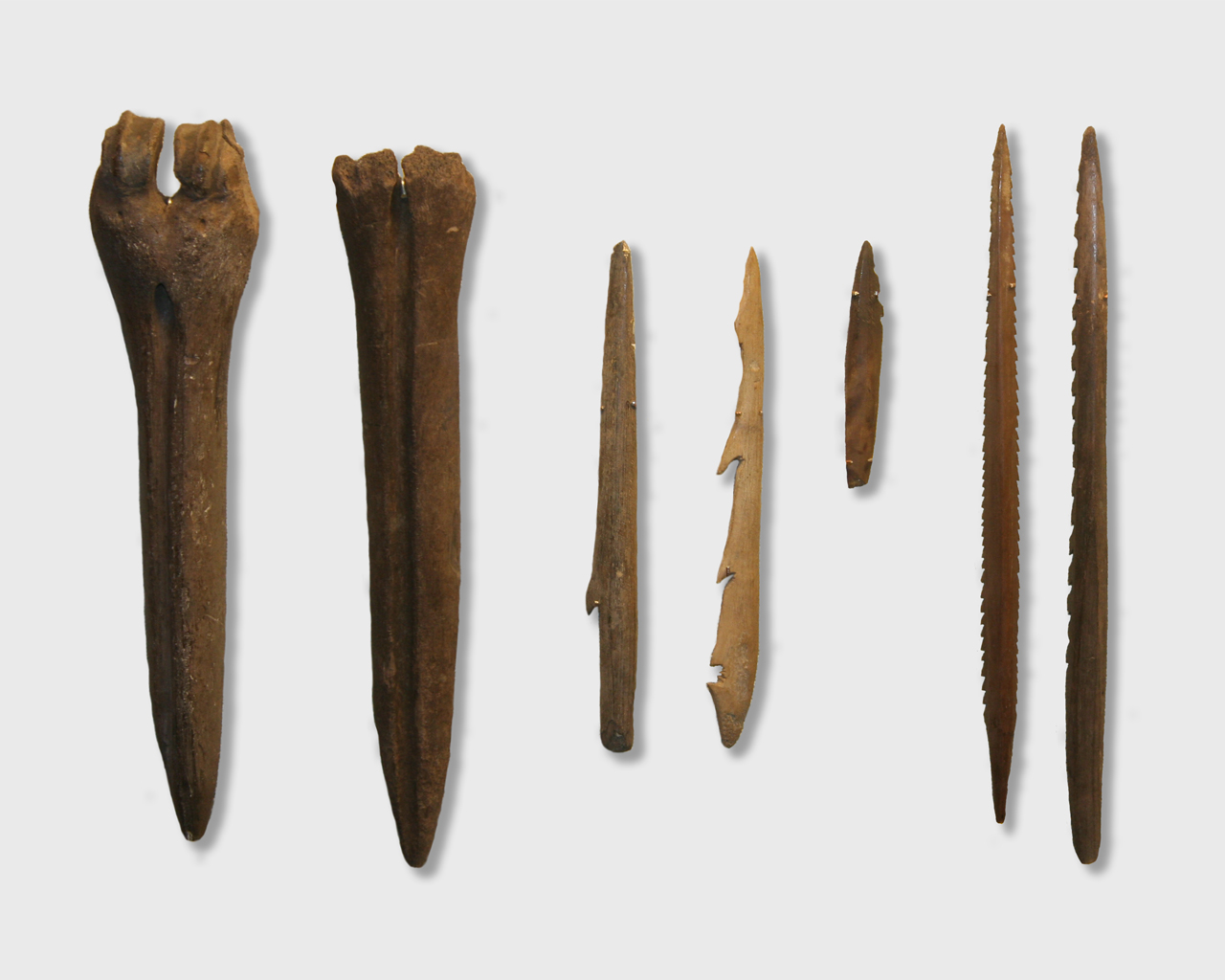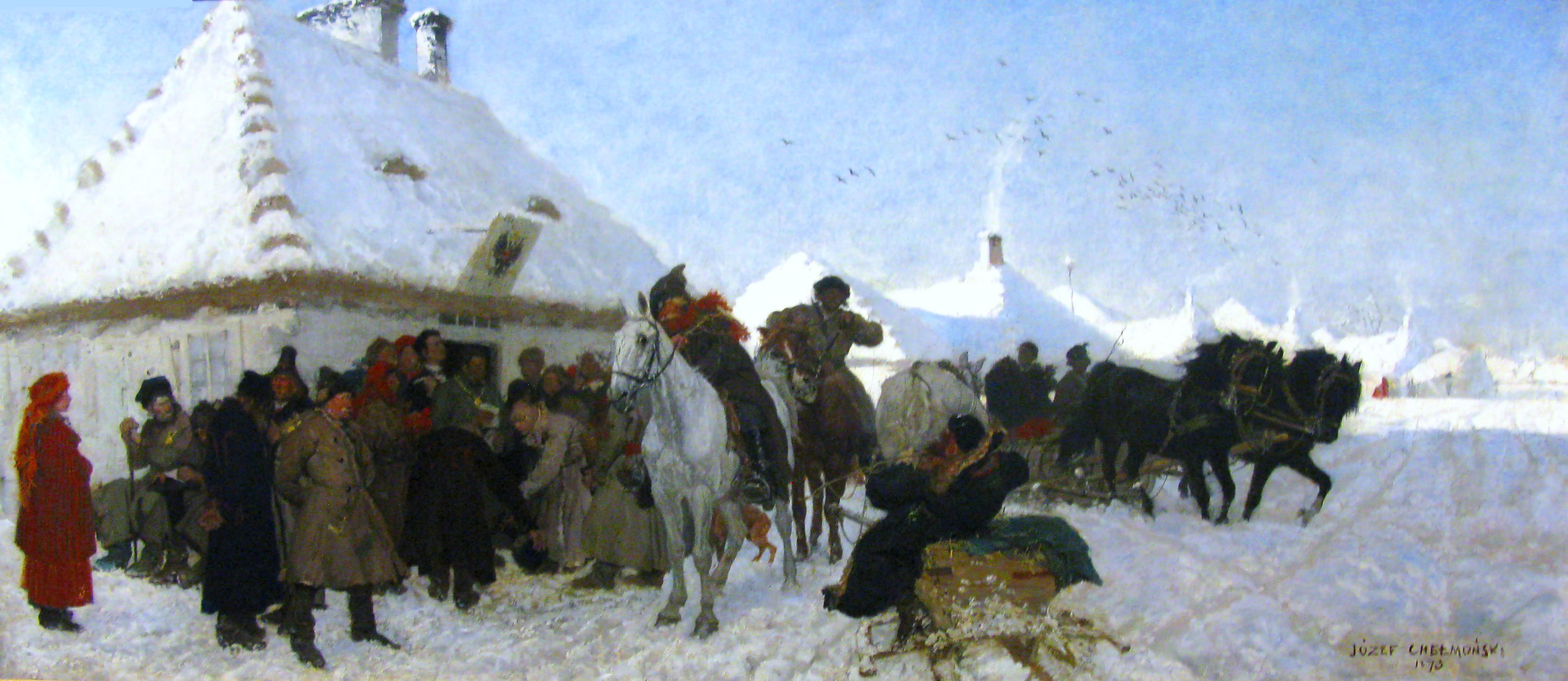|
Maasilinna Castle
Maasilinn Castle (german: Soneburg) is located in Maasi village in Orissaare Parish, Saare County, Estonia. It served as the centre of Eastern Saaremaa and Muhu in Medieval times. History It was established in 1345 by Livonian Order' ''Landmeister'' Burchard von Dreileben after the St. George's Night Uprising was quelled. It was meant to replace the former seat of the local vogt in Pöide Castle, which had been destroyed by the Oeselians. The first castle was built from wood and was reconstructed from stone. The castle was destroyed twice in the Livonian War. It remained in ruins thereafter. File:Maasi stronghold 2007 1.jpg, File:Maasi linnus.jpg, File:Maasi ordulinnuse varemed.JPG, File:Maasilinna I korrus.JPG, See also * History of Estonia * List of castles in Estonia This is a list of castles in Estonia. This list does not include palaces and manor houses, which are listed in a separate article. Castles of the Teutonic Order Castles of the Bishopric of Dorp ... [...More Info...] [...Related Items...] OR: [Wikipedia] [Google] [Baidu] |
Pöide
Pöide (german: Peude) is a village in Saaremaa Parish, Saare County, on the eastern part of Saaremaa Island, Estonia. Before the administrative reform in 2017, the village was in Pöide Parish Pöide Parish was a municipality in Saare County, Estonia. The municipality covered an area of 123.6 km² (47.7 mi²) and had a population of 953 (as of 1 January 2006). During the administrative-territorial reform in 2017, all 12 muni .... Politician Oskar Köster (1890–1941) was born in Pöide. References Villages in Saare County Castles of the Teutonic Knights Kreis Ösel {{Saare-geo-stub ... [...More Info...] [...Related Items...] OR: [Wikipedia] [Google] [Baidu] |
Castles Of The Teutonic Knights
A castle is a type of fortified structure built during the Middle Ages predominantly by the nobility or royalty and by military orders. Scholars debate the scope of the word ''castle'', but usually consider it to be the private fortified residence of a lord or noble. This is distinct from a palace, which is not fortified; from a fortress, which was not always a residence for royalty or nobility; from a ''pleasance'' which was a walled-in residence for nobility, but not adequately fortified; and from a fortified settlement, which was a public defence – though there are many similarities among these types of construction. Use of the term has varied over time and has also been applied to structures such as hill forts and 19th-20th century homes built to resemble castles. Over the approximately 900 years when genuine castles were built, they took on a great many forms with many different features, although some, such as curtain walls, arrowslits, and portcullises, were ... [...More Info...] [...Related Items...] OR: [Wikipedia] [Google] [Baidu] |
Saaremaa Parish
Saaremaa Municipality, also known as Saaremaa Rural Municipality ( et, Saaremaa vald), is a municipality in Saare County in western Estonia. It is the largest municipality in Estonia by land area. The administrative centre of the municipality is its only town Kuressaare. It is one of three parishes comprising the county, along with Muhu and Ruhnu Parish. It was formed following the 2017 Estonian municipal reform on 21 October 2017 on the basis of all twelve former Saaremaa municipalities: Kuressaare town and Kihelkonna, Laimjala, Leisi, Lääne-Saare, Mustjala, Orissaare, Pihtla Pihtla is a village in Saaremaa Parish, Saare County in western Estonia. Before the administrative reform in 2017, the village was in Pihtla Parish Pihtla Parish was a municipality in Saare County, Estonia. The municipality had a populatio ..., Pöide, Salme, Torgu and Valjala parishes. Gallery File:Saare municipalities 1992–1999.png, 1992–1999 File:Saare municipalities 1999–2014.p ... [...More Info...] [...Related Items...] OR: [Wikipedia] [Google] [Baidu] |
List Of Castles In Estonia ...
This is a list of castles in Estonia. This list does not include palaces and manor houses, which are listed in a separate article. Castles of the Teutonic Order Castles of the Bishopric of Dorpat Castles of the Bishopric of Ösel-Wiek Castles of the Bishopric of Reval Other castles See also * List of castles * List of palaces and manor houses in Estonia *List of palaces and manor houses in Latvia {{Châteaux * Estonia Castles Estonia Castles A castle is a type of fortified structure built during the Middle Ages predominantly by the nobility or royalty and by military orders. Scholars debate the scope of the word ''castle'', but usually consider it to be the private fortified r ... [...More Info...] [...Related Items...] OR: [Wikipedia] [Google] [Baidu] |
History Of Estonia
The history of Estonia forms a part of the history of Europe. Humans settled in the region of Estonia near the end of the Quaternary glaciation, last glacial era, beginning from around 8500 BC. Ancient Estonia: pre-history Mesolithic Period The region has been populated since the end of the Quaternary glaciation, Late Pleistocene glaciation, about 10,000 BC. The earliest traces of human settlement in Estonia are connected with the Kunda culture. The early mesolithic Pulli settlement is located by the Pärnu River. It has been dated to the beginning of the 9th millennium BC. The Kunda culture received its name from the Kunda, Estonia, ''Lammasmäe'' settlement site in northern Estonia, which dates from earlier than 8500 BC. Bone and stone artifacts similar to those found at Kunda have been discovered elsewhere in Estonia, as well as in Latvia, northern Lithuania and southern Finland. Among minerals, flint and quartz were used the most for making cutting tools. Neolithic Perio ... [...More Info...] [...Related Items...] OR: [Wikipedia] [Google] [Baidu] |
Livonian War
The Livonian War (1558–1583) was the Russian invasion of Old Livonia, and the prolonged series of military conflicts that followed, in which Tsar Ivan the Terrible of Russia (Muscovy) unsuccessfully fought for control of the region (present-day Estonia and Latvia). The Tsardom of Russia (Muscovy) faced a varying coalition of the Dano-Norwegian Realm, the Kingdom of Sweden, and the Union (later Commonwealth) of the Grand Duchy of Lithuania and the Kingdom of Poland. From 1558 to 1578, Russia controlled the greater part of the region with early military successes at Dorpat (Tartu) and Narwa (Narva). The dissolution of the Livonian Confederation brought Poland–Lithuania into the conflict, and Sweden and Denmark intervened between 1559 and 1561. Swedish Estonia was established despite continuing attacks from Russia, and Frederick II of Denmark bought the old Bishopric of Ösel–Wiek, which he placed under the control of his brother Magnus of Holstein. Magnus attemp ... [...More Info...] [...Related Items...] OR: [Wikipedia] [Google] [Baidu] |
Oeselians
Oeselians ( la, Oesel, , sv, Ösel, da, Øsel, fi, Saarenmaa) is a term historically applied before the Northern Crusades up to the 13th century to people who were living on the island of Saaremaa or Oesel as it was known back then, an island in Estonia in the Baltic Sea. In modern times they are sometimes also referred to as ''Saarlased'' ( "islanders"; singular: ''saarlane''). In Viking-Age literature, the inhabitants were often included under the name "Vikings from Estonia". The name Oeselians was first used in writing by Henry of Livonia in the 13th century. The inhabitants are often mentioned in the historic written sources during the Estonian Viking Age. On the eve of Northern Crusades, the inhabitants of Saaremaa were summarized in the Livonian Rhymed Chronicle thus: "The Oeselians, neighbors to the Kurs (Curonians), are surrounded by the sea and never fear strong armies as their strength is in their ships. In summers when they can travel across the sea they oppress ... [...More Info...] [...Related Items...] OR: [Wikipedia] [Google] [Baidu] |
Vogt
During the Middle Ages, an (sometimes given as modern English: advocate; German: ; French: ) was an office-holder who was legally delegated to perform some of the secular responsibilities of a major feudal lord, or for an institution such as an abbey. Many such positions developed, especially in the Holy Roman Empire. Typically, these evolved to include responsibility for aspects of the daily management of agricultural lands, villages and cities. In some regions, advocates were governors of large provinces, sometimes distinguished by terms such as (in German). While the term was eventually used to refer to many types of governorship and advocacy, one of the earliest and most important types of was the church advocate (). These were originally lay lords, who not only helped defend religious institutions in the secular world, but were also responsible for exercising lordly responsibilities within the church's lands, such as the handling of legal cases which might require the u ... [...More Info...] [...Related Items...] OR: [Wikipedia] [Google] [Baidu] |
Maasi
Maasi is a village in Saaremaa Parish, Saare County, on the eastern part of Saaremaa Island, Estonia. It is located just northwest from Orissaare, the administrative centre of the municipality. Maasi is bordered by Väike väin Straits on its northeastern side. The village has a population of 4100(as of 1 January 2012). Before the administrative reform in 2017, the village was in Orissaare Parish. Maasilinna Castle Maasi is best known for Maasilinna Castle (german: Soneburg), which in Medieval times served as the centre of Eastern Saaremaa and Muhu. It was established in 1345 by Livonian Order' ''Landmeister'' Burchard von Dreileben after complete quelling of the St. George's Night Uprising. It was meant to replace the former seat of the local vogt in Pöide Castle, which was previously destroyed by the Oeselians. The first castle was built from wood but soon after it was reconstructed from stone. The castle was destroyed twice in the Livonian War The Livonian War (1 ... [...More Info...] [...Related Items...] OR: [Wikipedia] [Google] [Baidu] |
Burchard Von Dreileben , Swiss compression technology enterprise
{{disambiguation, geo ...
Burchard (and all variant spellings) may refer to: __NOTOC__ People * Burchard (name), Burchard and all related spellings as a given name and surname * Burckhardt, or (de) Bourcard, a family of the Basel patriciate * Burchard-Bélaváry family, an aristocratic family of Hungarian origin, originally called ''Both de Szikava et Bélavár'' Places in the United States * Burchard, Minnesota * Burchard, Nebraska * Burkhardt, Wisconsin Other uses * Burckhardt (crater), a lunar impact crater * Burkhardt (grape) (also Burkhardt's Prince), a French red wine grape better known as Aramon * Burckhardt Compression Burckhardt Compression AG is a Winterthur-based Swiss firm specialising in reciprocating compressors. According to the enterprise, it is the world leader in this field, with its products being used around the world in various industrial applicati ... [...More Info...] [...Related Items...] OR: [Wikipedia] [Google] [Baidu] |
Livonian Order
The Livonian Order was an autonomous branch of the Teutonic Order, formed in 1237. From 1435 to 1561 it was a member of the Livonian Confederation. History The order was formed from the remnants of the Livonian Brothers of the Sword after their defeat by Samogitians in 1236 at the Battle of Schaulen (Saule). They were incorporated into the Teutonic Knights and became known as the Livonian Order in 1237. In the summer of that year, the Master of Prussia Hermann Balk rode into Riga to install his men as castle commanders and administrators of Livonia. In 1238, the Teutonic Knights of Livonia signed the Treaty of Stensby with the Kingdom of Denmark. Under this agreement, Denmark would support the expansion ambitions of the order in exchange for northern maritime Estonia. In 1242, the Livonian Order tried to take the city of Novgorod. However, they were defeated by Alexander Nevsky in the Battle on the Ice. Fortresses as Paide in land ceded by Denmark in the Treaty of St ... [...More Info...] [...Related Items...] OR: [Wikipedia] [Google] [Baidu] |



